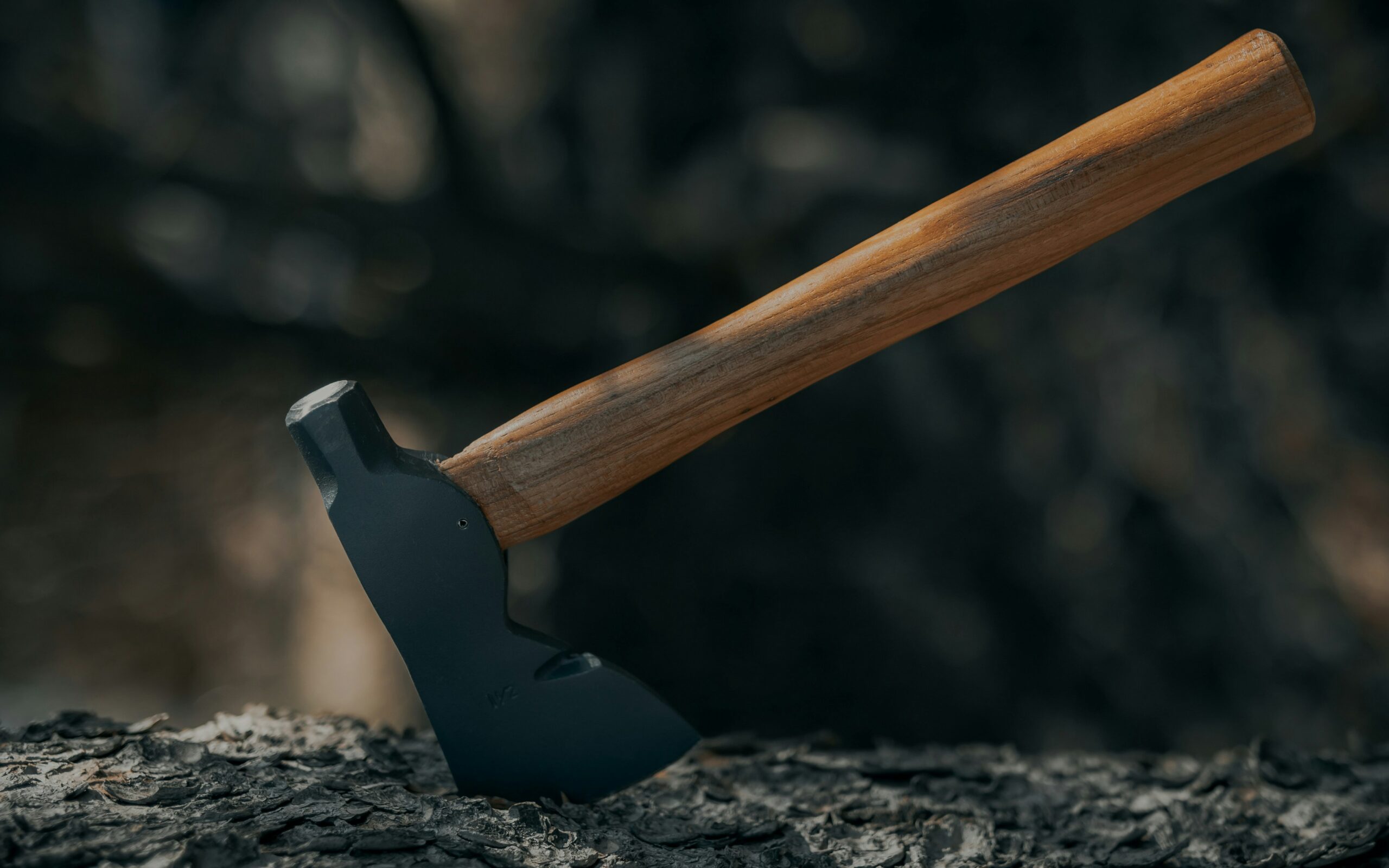What’s the key to success in axe throwing? Choosing the right axe for throwing is crucial for improving your performance in this exciting sport. This guide covers essential factors like weight, balance, and design, helping you find the perfect axe for your throwing style.
Whether you’re a beginner or looking to refine your technique, we’ll explore how different axe types impact force and accuracy. By the end, you’ll know how to select an axe that enhances both your skills and enjoyment of the sport.
Key Takeaways
- Choosing the right axe for throwing is crucial for improving accuracy, control, and performance in the sport.
- Factors like weight, balance, handle length, and blade design are essential when selecting a throwing axe.
- Beginners benefit from lighter axes with shorter handles, while experienced throwers may prefer heavier, longer-handled axes for increased power.
- Testing multiple axes and consulting experienced throwers can help find the best fit for individual throwing styles.
- Regular maintenance, including sharpening the blade and protecting the handle, is key to preserving the axe’s performance and longevity.
Understanding the Different Types of Throwing Axes
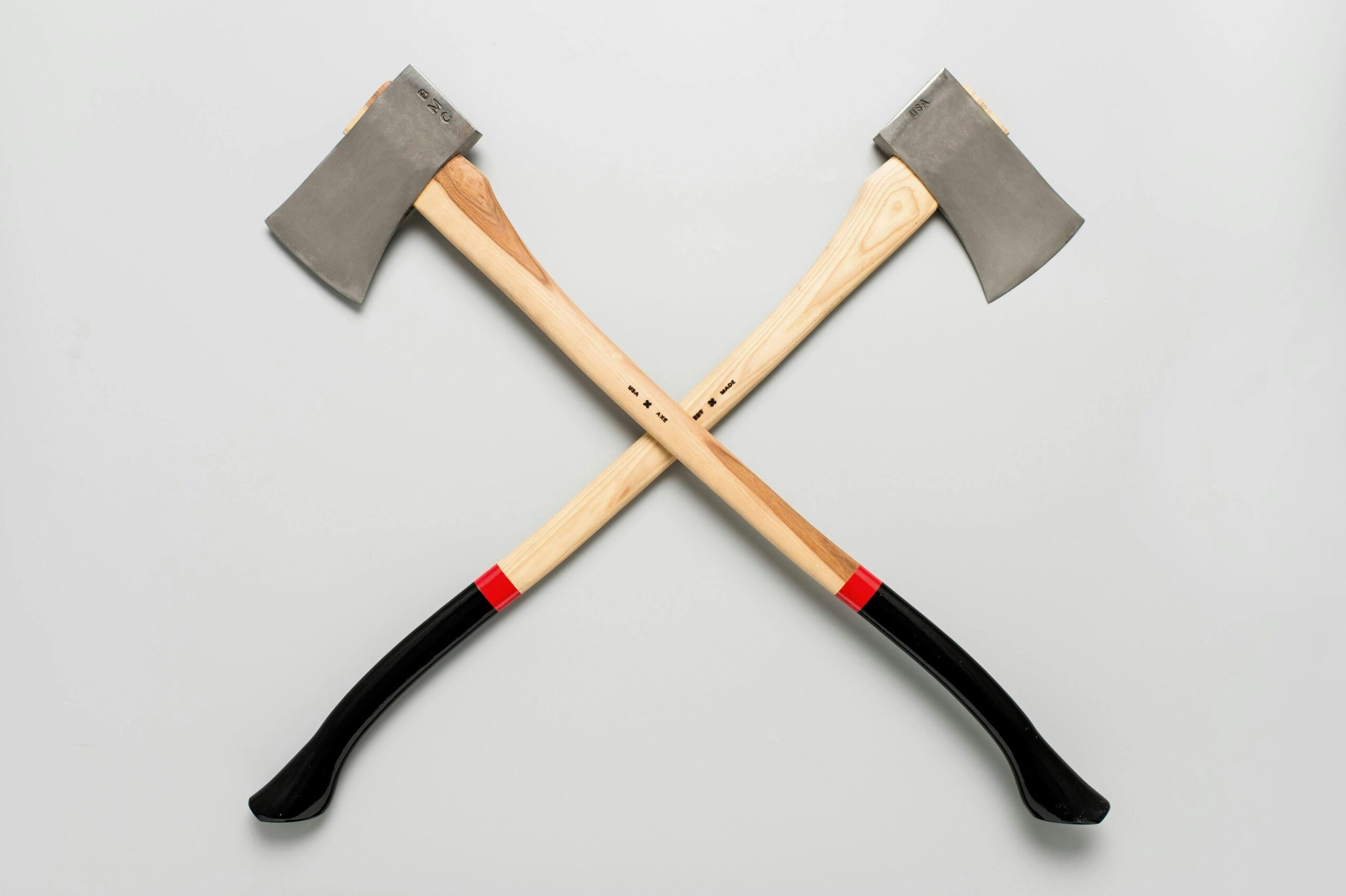
Throwing axes come in various types, each designed for different purposes. From traditional lumberjack axes to modern tomahawks, throwers can choose between single-bit and double-bit designs. Competition axes differ from recreational ones in both length and weight.
Understanding these differences is key to choosing the right axe for throwing and ensuring optimal performance, whether you’re throwing casually or in professional contests.
Identifying Traditional Throwing Axes
Traditional throwing axes, often crafted from carbon steel, include classic hatchet and hammer-style designs. These axes typically feature a single blade and a straight handle, offering accuracy and balance. For competition, specific dimensions are recognized to ensure consistency and fairness in the sport.
Exploring Modern Throwing Tomahawks
Modern throwing tomahawks offer a sleek design optimized for competition and recreational use. These lightweight throwing axes feature a shorter handle and a more balanced head, allowing for improved control and accuracy.
Throwers can choose between various handle materials, including wood or synthetic options, based on their arm strength and personal preference. The compact size of modern tomahawks makes them suitable for both indoor and outdoor throwing, catering to different foot stances and throwing styles.
Comparing Single-Bit and Double-Bit Axes
Single-bit axes, with one sharpened edge, offer balance and versatility for throwing, allowing for easier control and a more predictable flight. Double-bit axes, featuring two sharpened edges, give throwers the flexibility to use either side.
While double-bit axes require more skill to handle, they offer the benefit of extended use before needing resharpening. The choice between single-bit and double-bit axes often depends on the thrower’s experience and preferred throwing technique.
Key Factors to Consider When Choosing a Throwing Axe
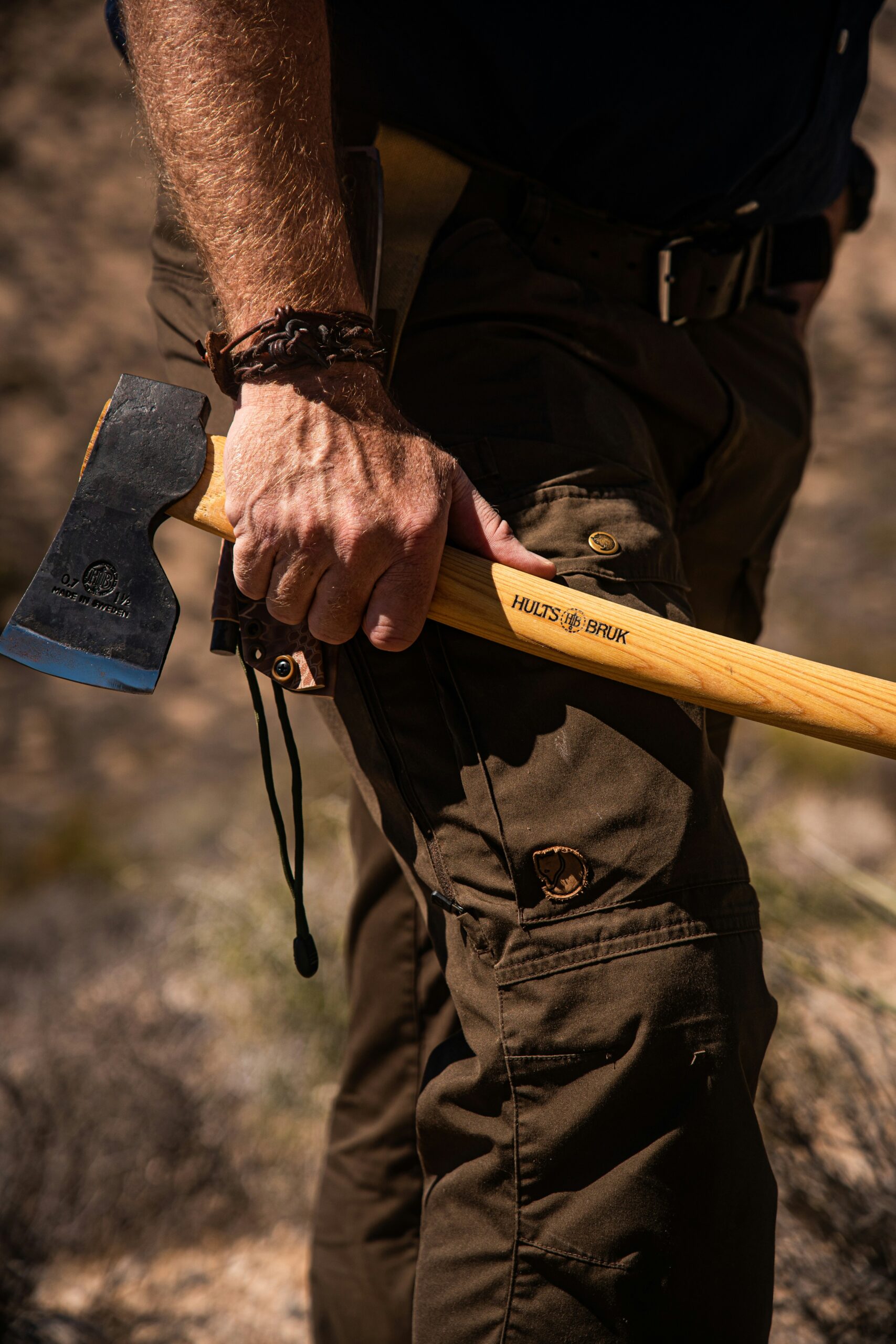
Selecting the right throwing axe involves several key factors. These include finding the ideal weight and balance, choosing the right handle length and grip comfort, evaluating the blade shape and edge design, and selecting durable materials for performance.
Each factor influences the axe’s rotation and overall throwing experience. By understanding these elements, throwers can choose an axe that fits their preferences and skill level.
Determining the Ideal Weight and Balance
The weight and balance of a throwing axe are crucial factors that affect its performance. A well-balanced axe rotates smoothly in the air and sticks to the target effectively. When choosing the right axe for throwing, it’s important to select one that feels comfortable in your hand and matches your strength level.
The ideal weight typically ranges from 1.5 to 2.5 pounds, with beginners often preferring lighter axes for easier control and less fatigue. Experienced throwers may opt for heavier axes, around 2.0 to 2.5 pounds, to increase impact force, especially in competitions. Proper balance ensures the axe rotates predictably, helping to achieve consistent throws.
Assessing Handle Length and Grip Comfort
Handle length and grip comfort are key factors when selecting the right axe for throwing. The optimal handle length typically ranges from 14 to 19 inches, with shorter handles offering more control for beginners and longer handles providing better leverage for experienced throwers.
Grip comfort depends on the handle’s material, texture, and diameter. Wood handles, like hickory, offer a traditional feel and absorb vibrations well, while synthetic materials provide durability and consistent weight. Throwers should choose a handle that feels secure and comfortable, ensuring smooth releases and accurate throws.
Evaluating Blade Shape and Edge Design
The blade shape and edge design of a throwing axe play a crucial role in its performance. A well-designed blade should feature a sharp, durable edge capable of withstanding repeated impacts. The blade’s shape directly affects rotation and sticking ability, with many throwers preferring a slightly curved edge for better penetration.
When choosing the right axe for throwing, factors to consider include edge angle (a sharper angle of around 25-30 degrees enhances sticking ability), blade width (wider blades provide more surface area for sticking), symmetry (balanced blades ensure consistent rotation), material (high-carbon steel offers durability and edge retention), and blade thickness (thinner blades penetrate targets more easily).
Testing and Selecting the Perfect Axe for You
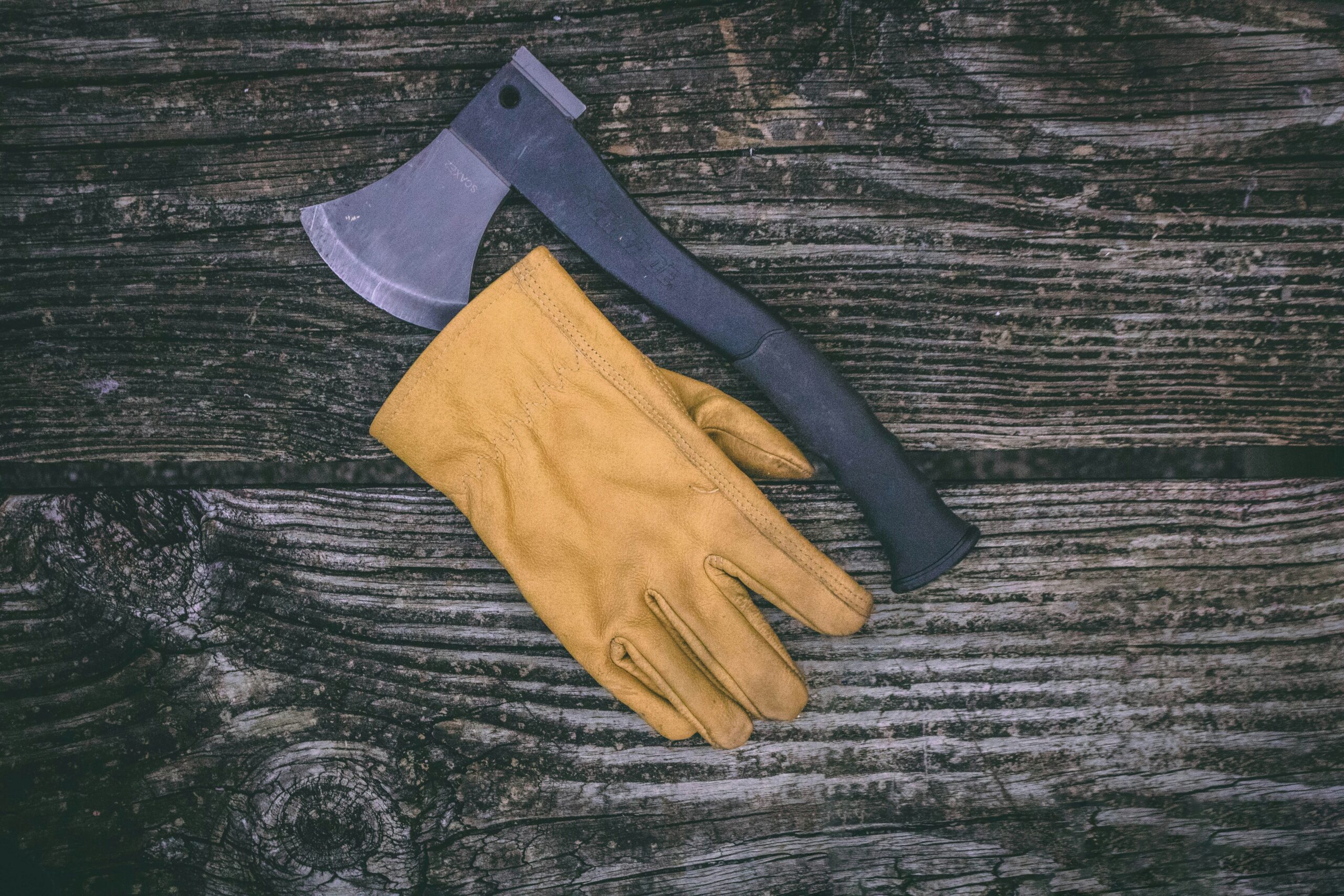
Selecting the right axe for throwing requires hands-on experience and expert guidance. This section covers how to test axes at throwing venues, consult experienced throwers, try multiple options, and analyze the impact on accuracy before making a purchase. By following these steps, throwers can find the axe that best suits their style and skill level.
Trying Out Multiple Axes Before Making a Decision
Trying out multiple axes before making a decision allows throwers to compare different weights, handle lengths, and balance points firsthand. This hands-on approach helps identify the axe that feels most comfortable and performs best for individual throwing styles.
By testing various options, throwers can evaluate grip comfort, rotation speed, and sticking ability, leading to a more informed and satisfying purchase.
Analyzing How Different Axes Affect Accuracy
Different axes impact throwing accuracy due to variations in weight, balance, and handle length. Heavier axes require more strength but offer better momentum, which can improve accuracy for experienced throwers.
Lighter axes provide easier control, making them ideal for beginners as they develop their technique. The balance point affects rotation speed and consistency, with well-balanced axes offering more predictable flight paths.
Handle length influences leverage and control, with longer handles generating more power but requiring greater skill to manage accurately. By testing these factors, throwers can find the axe characteristics that best suit their style and physical abilities, ultimately enhancing their accuracy and performance.
Making an Informed Purchase Based on Personal Testing
Making an informed purchase based on personal testing involves carefully evaluating the axes that performed best during trials. Throwers should prioritize accuracy, comfort, and overall performance when making their decision, choosing an axe that aligns with their throwing style and skill level rather than simply opting for the most expensive or popular option.
Key considerations include comparing performance across multiple sessions, assessing comfort and control during extended use, evaluating durability and maintenance requirements, and considering price in relation to quality and budget.
It’s also important to review warranty and return policies before making a final decision. By combining personal experience, expert advice, and thorough research, throwers can confidently invest in an axe that enhances both performance and enjoyment.
Maintaining and Caring for Your Throwing Axe
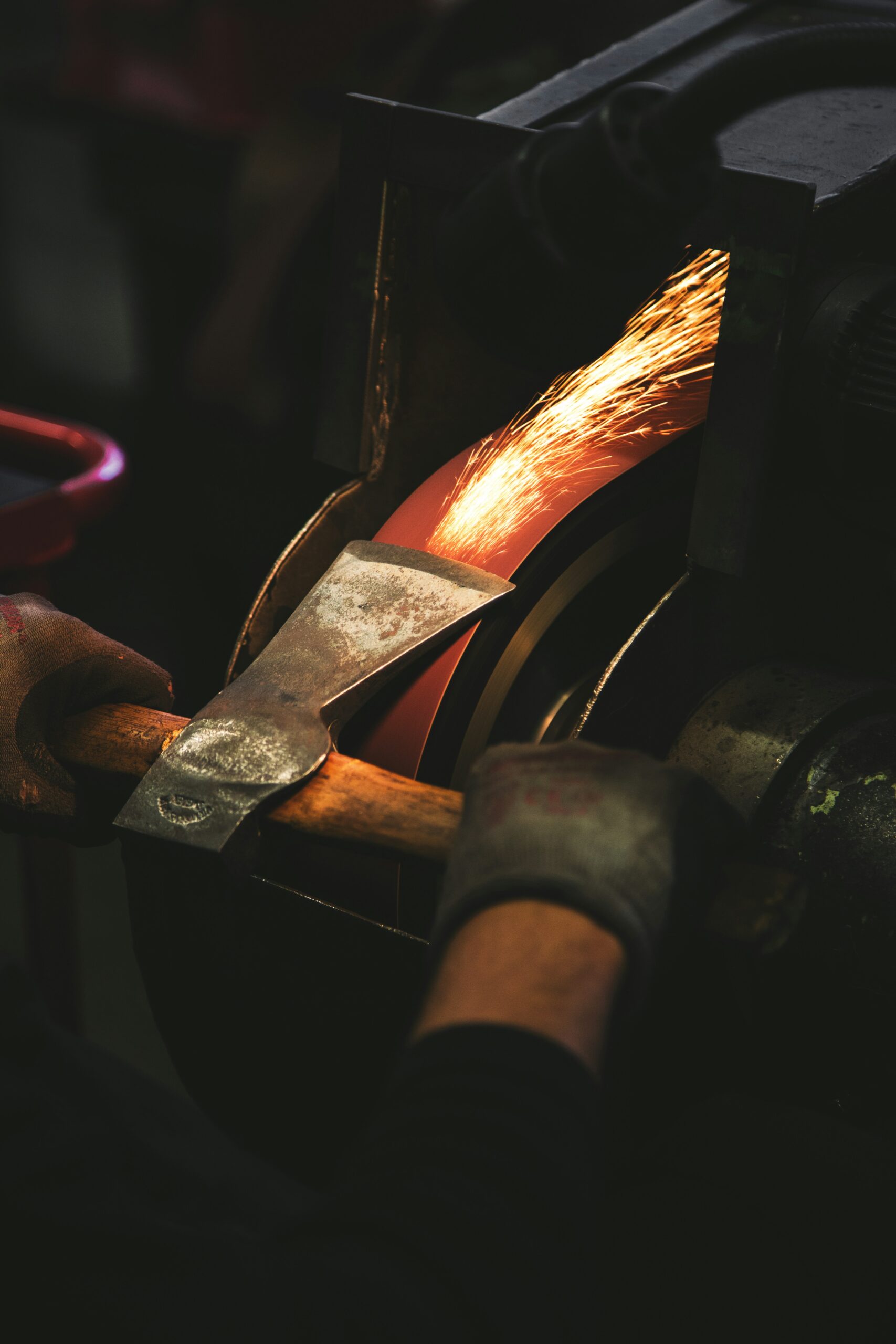
Proper maintenance is crucial for preserving a throwing axe’s performance and longevity. This section covers effective cleaning methods, blade sharpening techniques, handle protection, safe storage practices, and regular inspection routines. By following these guidelines, throwers can ensure their axes remain in optimal condition for consistent, accurate throws.
Proper Cleaning Methods to Extend Axe Lifespan
Proper cleaning methods are essential for extending the lifespan of a throwing axe. After each use, throwers should wipe the blade and handle with a clean, dry cloth to remove any debris or moisture.
For stubborn dirt or sap, a mild soap solution can be used, followed by thorough drying to prevent rust. Applying a thin layer of mineral oil to the blade helps protect against corrosion, while lightly sanding wooden handles and treating them with linseed oil maintains their integrity and prevents cracking.
Techniques for Sharpening and Honing the Blade
Sharpening and honing the blade of a throwing axe requires careful technique to maintain its edge and balance. Throwers should use a fine-grit whetstone or file, applying smooth, consistent strokes along the blade’s edge at an angle between 20 to 30 degrees.
It’s important to sharpen both sides evenly to preserve the axe’s balance and ensure predictable rotation. After sharpening, honing with a leather strop removes burrs and refines the edge, improving sticking ability and ensuring clean cuts during throws.
Protecting the Handle From Wear and Damage
Protecting the handle of a throwing axe from wear and damage is essential for maintaining its performance and longevity. Regularly applying a protective coating, such as linseed oil or beeswax, to wooden handles prevents moisture absorption and cracking.
For synthetic handles, a light application of silicone spray helps maintain grip and repel moisture. It’s important to inspect the handle frequently for signs of wear or splinters, addressing any issues promptly to prevent further damage and ensure safe handling during throws.
Conclusion
Choosing the right axe for throwing is essential for success in this challenging and rewarding sport. The ideal throwing axe combines proper weight, balance, and design to enhance accuracy, control, and overall performance.
By understanding the different types of axes and considering key factors like skill level and throwing technique, throwers can find an axe that perfectly suits their needs through hands-on testing. Investing time in selecting and maintaining the right axe will not only improve skills but also boost enjoyment and competitive edge in axe throwing.

